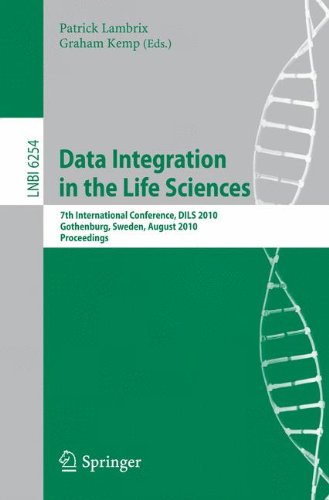

Most ebook files are in PDF format, so you can easily read them using various software such as Foxit Reader or directly on the Google Chrome browser.
Some ebook files are released by publishers in other formats such as .awz, .mobi, .epub, .fb2, etc. You may need to install specific software to read these formats on mobile/PC, such as Calibre.
Please read the tutorial at this link: https://ebookbell.com/faq
We offer FREE conversion to the popular formats you request; however, this may take some time. Therefore, right after payment, please email us, and we will try to provide the service as quickly as possible.
For some exceptional file formats or broken links (if any), please refrain from opening any disputes. Instead, email us first, and we will try to assist within a maximum of 6 hours.
EbookBell Team

4.7
26 reviewsThe development and increasingly widespread deployment of high-throughput experimental methods in the life sciences is giving rise to numerous large, c- plex and valuable data resources. This foundation of experimental data und- pins the systematic study of organismsand diseases, which increasinglydepends on the development of models of biological systems. The development of these models often requires integration of diverse experimental data resources; once constructed, the models themselves become data and present new integration challenges for tasks such as interpretation, validation and comparison. The Data Integration in the Life Sciences (DILS) Conference series brings together data and knowledge management researchers from the computer s- ence research community with bioinformaticians and computational biologists, to improve the understanding of how emerging data integration techniques can address requirements identi?ed in the life sciences. DILS 2010 was the seventh event in the series and was held in Goth- burg, Sweden during August 25–27, 2010. The associated proceedings contain 14 peer-reviewed papers and 2 invited papers. The sessions addressed ontology engineering, and in particular, evolution, matching and debugging of ontologies, akeycomponentforsemanticintegration;Web servicesasanimportanttechn- ogy for data integration in the life sciences; data and text mining techniques for discovering and recognizing biomedical entities and relationships between these entities; and information management, introducing data integration solutions for di?erent types of applications related to cancer, systems biology and - croarray experimental data, and an approach for integrating ranked data in the life sciences.